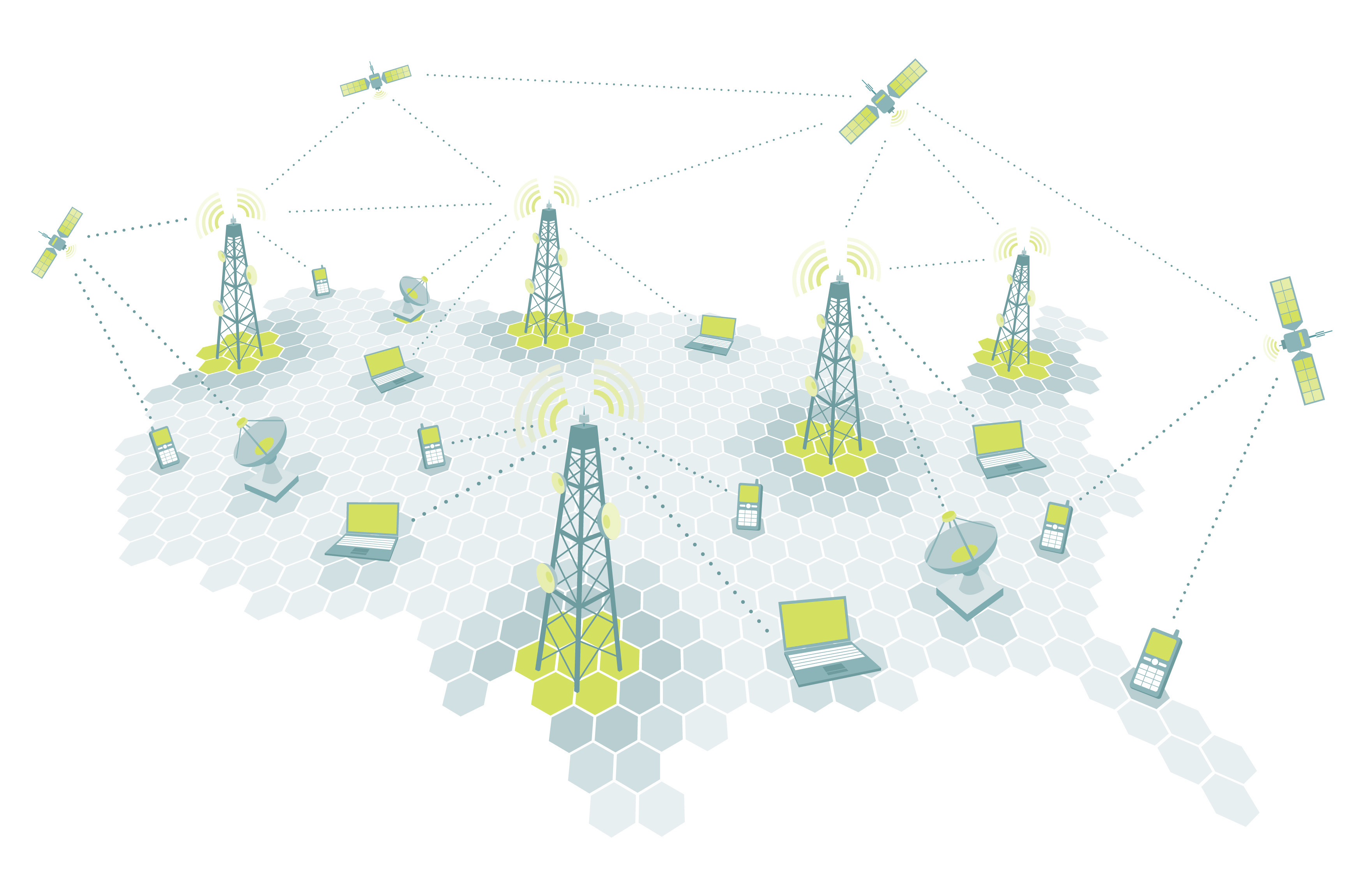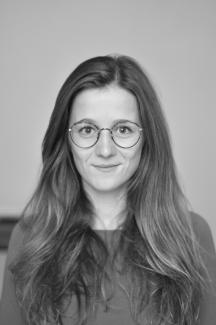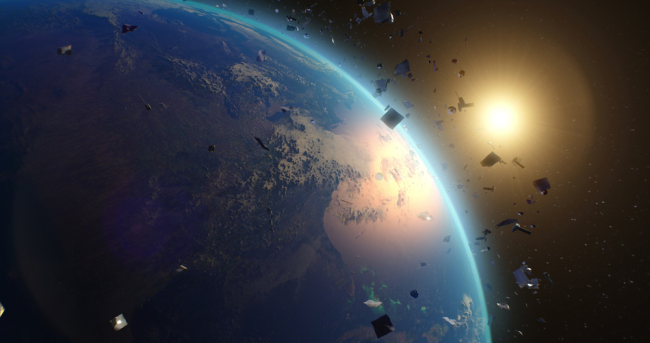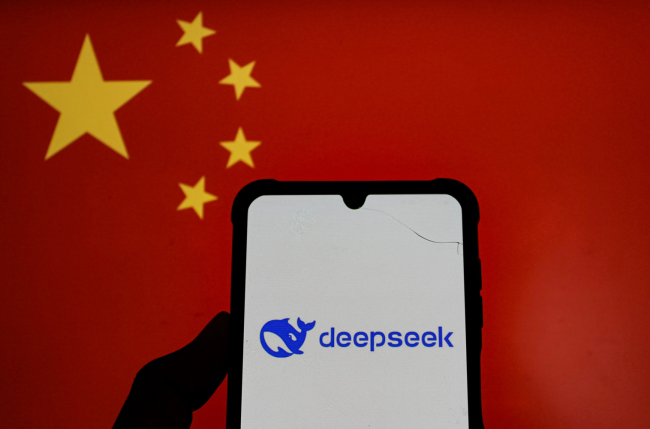“Open” Telecom Networks (Open RAN): Towards a Reconfiguration of International Competition in 5G?

In line with the anti-Huawei diplomatic campaign of the Trump and Biden administrations, the United States has promoted an alternative: Open RAN, a concept defined by "open" network architectures. At the intersection of 5G geopolitics and standards, what risks and opportunities does Open RAN present for European technological sovereignty?

The Radio Access Network (RAN) is the radio part of a mobile telecommunications system that enables the connection between a mobile device (such as a phone or computer) and the core network. While traditionally a single vendor (such as Huawei, Ericsson, or Nokia) provides a “proprietary” or “closed” solution for this part of the network, Open RAN (Open Radio Access Network) is a concept describing disaggregated architectures that divide the RAN into several bricks connected by open interfaces. The objective is to allow the operator to buy these hardware and software bricks from various suppliers, and to choose freely the most suitable option for each part. In the current context of a concentrated 5G market, dominated by three major manufacturers and even facing the risk of an Ericsson-Nokia duopoly with the exclusion of Huawei from many countries, telecom operators emphasize the flexibility and diversification of suppliers allowed by Open RAN, which would allow both more innovation and cost reduction. In line with its diplomatic campaign against “unreliable” Chinese suppliers, the United States has actively promoted Open RAN as an alternative.
However, Open RAN seems far from being a panacea for Europe: in addition to the difficulties that remain in terms of maturity, security, performance and transparency of the specification process, it risks increasing European dependence on foreign suppliers. Although Huawei is not part of the international bodies working on Open RAN (such as the Telecom Infra Project or the O-RAN Alliance), many companies close to the Chinese political and military authorities are. Beyond the question of supplier security, American lobbying is linked to the commercial opportunity that Open RAN represents for American companies, currently leaders in the cloud, software and generic hardware components…even though they do not have a major 5G champion. Open RAN is therefore an issue at the crossroads of the geopolitics of 5G and standards, to which the European Union is beginning to provide a common political and analytical response, despite the diversity of positions among member states.
This paper is available in two languages:

Available in:
Regions and themes
ISBN / ISSN
Share
Download the full analysis
This page contains only a summary of our work. If you would like to have access to all the information from our research on the subject, you can download the full version in PDF format.
“Open” Telecom Networks (Open RAN): Towards a Reconfiguration of International Competition in 5G?
Related centers and programs
Discover our other research centers and programsFind out more
Discover all our analysesThe Sustainability of Space Operations: An Opportunity for European Leadership?
As space becomes a key arena for power projection strategies, while facing growth and diversification of orbital activities, the concept of “space sustainability” is emerging as a new framework of analysis for space governance.
The “Huawei Saga” in Europe Revisited: German Lessons for the Rollout of 6G
While the European Union attempted to coordinate a collective response through its 5G Toolbox in Europe’s 5G infrastructure, member states diverged significantly in balancing political, economic, and technological considerations. Germany, despite its economic ties to China and status as Europe’s largest telecom market, only reached a tentative agreement in July 2024—one that appears largely symbolic.
European Startups and Generative AI: Overcoming Big Tech Dominance
Europe is at a crossroads. Faced with the domination of American Big Tech across the entire generative Artificial Intelligence (AI) value chain, from foundation models to cloud infrastructure, distribution channels, and open source, it risks long-term technological and economic decline. Yet generative AI also represents a major opportunity for economic transformation, with a potential value estimated at 1.5 times France’s gross domestic product (GDP). To turn it into a driver of renewal, Europe must move beyond the illusion of total technological independence and instead build an ecosystem that leverages Big Tech resources while strengthening its own innovation capabilities.
A "DeepSeek Moment"?
DeepSeek, hailed as a champion of Chinese AI, represents less a revolution than a significant optimization of existing technologies. Doubts remain regarding the figures put forward by the start-up, inviting a more measured response to the media hype surrounding China’s technological catch-up. Nonetheless, DeepSeek signals the need to question an economic model based solely on the race for computational power. By betting on open innovation, Europe can carve out its own path in a competition that is far from being a zero-sum game.











